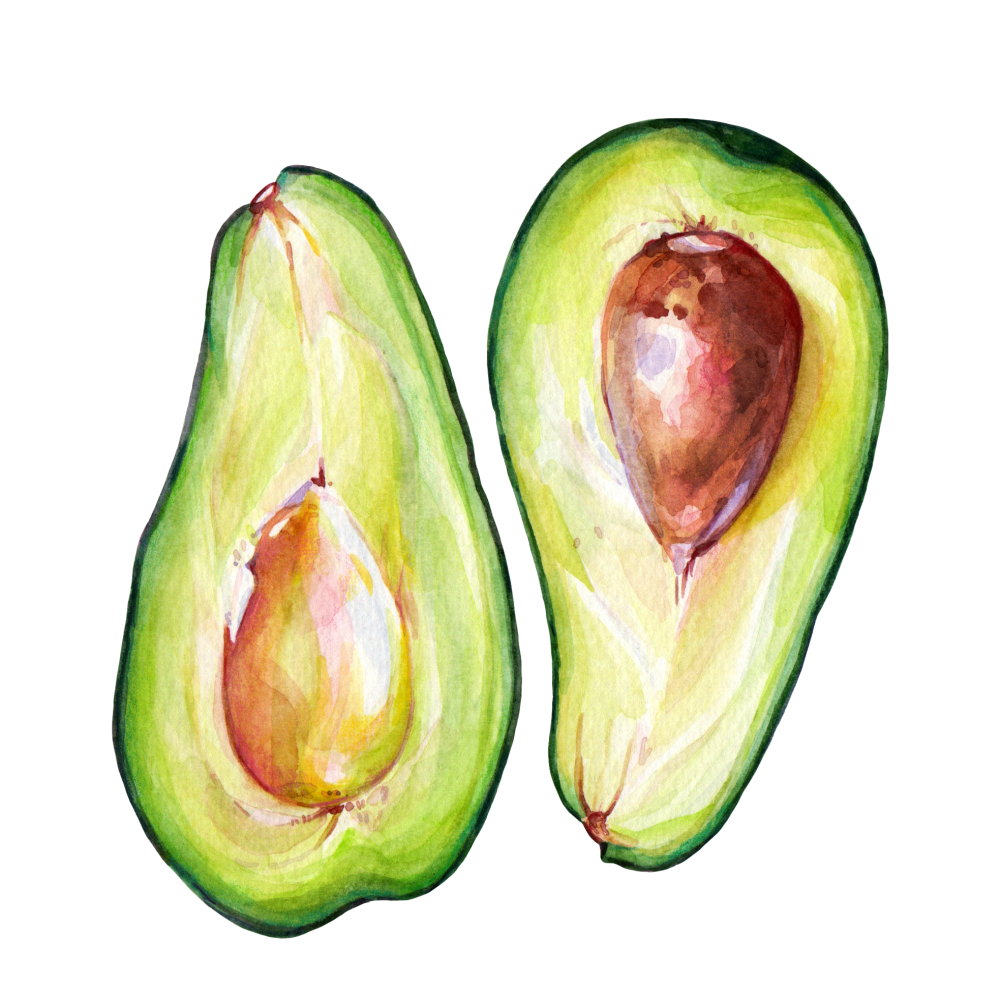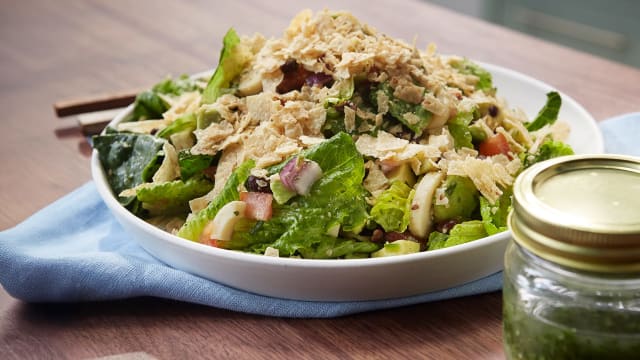Avocado

Latin name: Persea americana
Other names: alligator pear
Uses: vegetable (fruit), oil
What are avocados?
Avocados are a pear-shaped fruit covered in a leathery, almost reptilian-looking skin. The laurel -family fruits are hugely popular, thanks to aggressive marketing campaigns (they were the first ag product ever advertised during the Super Bowl), and the fact that they’re delicious and really good for you.
Why are avocados healthy?
Besides fiber and healthy fats, avocados are packed with vitamins (several Bs, C, E, and K) plus minerals like copper, manganese, and potassium. They’re rich in antioxidants and phytochemicals with proven protective benefits for heart health, cognitive function, and protection against oxidative stress. They’re a good source of folate, important during pregnancy, and other nutrients in high demand during breastfeeding.
What do avocados taste like?
Avocados have a buttery, smooth texture, and a slightly nutty/creamy, green flavor. They contain some of the same aromatic compounds found in bananas, grass, and apples, as well as others that impart warm bready-fermented flavors.
How do I use avocados?
Once you’ve halved an avocado and removed its pit, you can either eat it with a spoon (it’s really nice with a little acid, like lime, tamarind, or sweet chili sauce) or scoop out the flesh for slicing, cubing, or mashing.
What do avocados pair well with?
Though it’s often associated with chips (or toast), an avocado’s buttery texture and neutral flavor makes it just as at home with pineapple, chocolate, and vanilla as it is in guacamole where it’s mashed with garlic, lime, and cilantro. It’s a natural match for coconut and other tropical fruits, and its thick, creamy texture makes it a healthy alternative to dairy products in rich desserts.
Where do avocados grow?
Avocados originated and were first domesticated in southern Mexico (likely the Tehuacán region in Puebla), with selective breeding beginning as early as 4000 BCE.ii By the time Europeans arrived, avocados were being grown everywhere from the Rio Grande to Peru. Mexico still leads production today, followed by California and Israel, though they’re grown in tropical climates globally.
How to buy avocados:
It’s tempting to buy them by the bagful, but keep in mind they’ll all ripen at once on the counter. To test for ripeness you can gently squeeze them, or pry the stem with your finger — if it’s ripe, the stem will come off easily (and have a green, not brown, belly button). If it doesn’t budge it’s not ready yet.
Fun avocado fact:
Aztecs believed that avocados held aphrodisiac properties, owing to the fruit’s resemblance to male genitalia; the Spanish word for avocado, aguacate, comes from the Aztec word for testicle, ahuatcuatl. This sexual innuendo made avocados a hard sell when they were introduced to Americans — so much so that avocado promoters had to take out ads in newspapers swearing the fruit was perfectly family-friendly.


